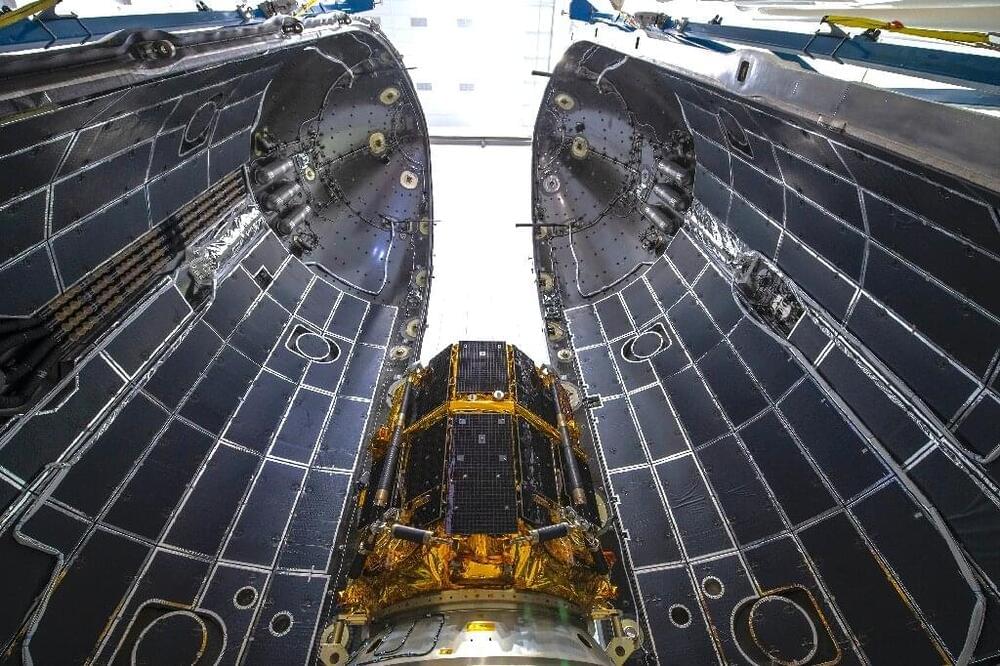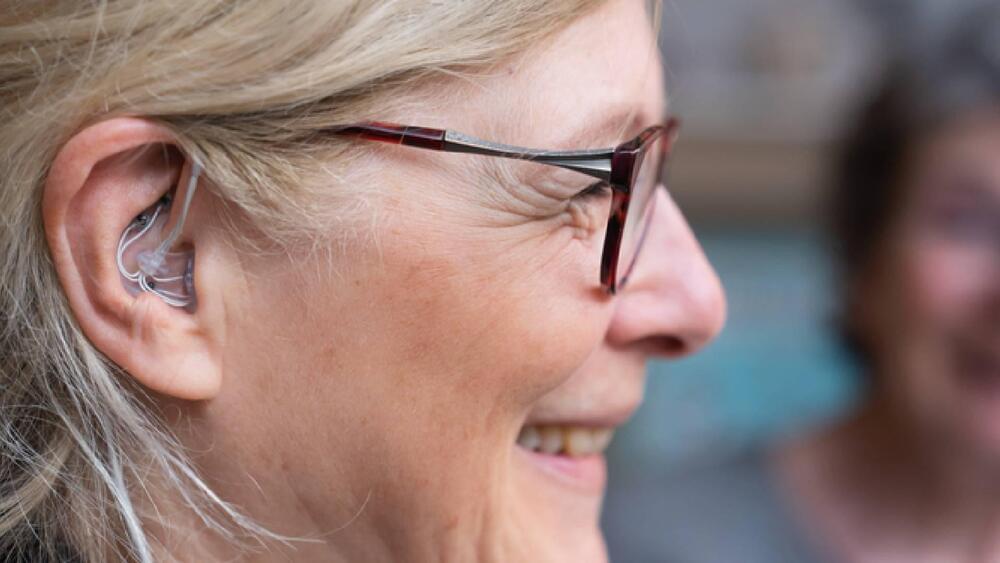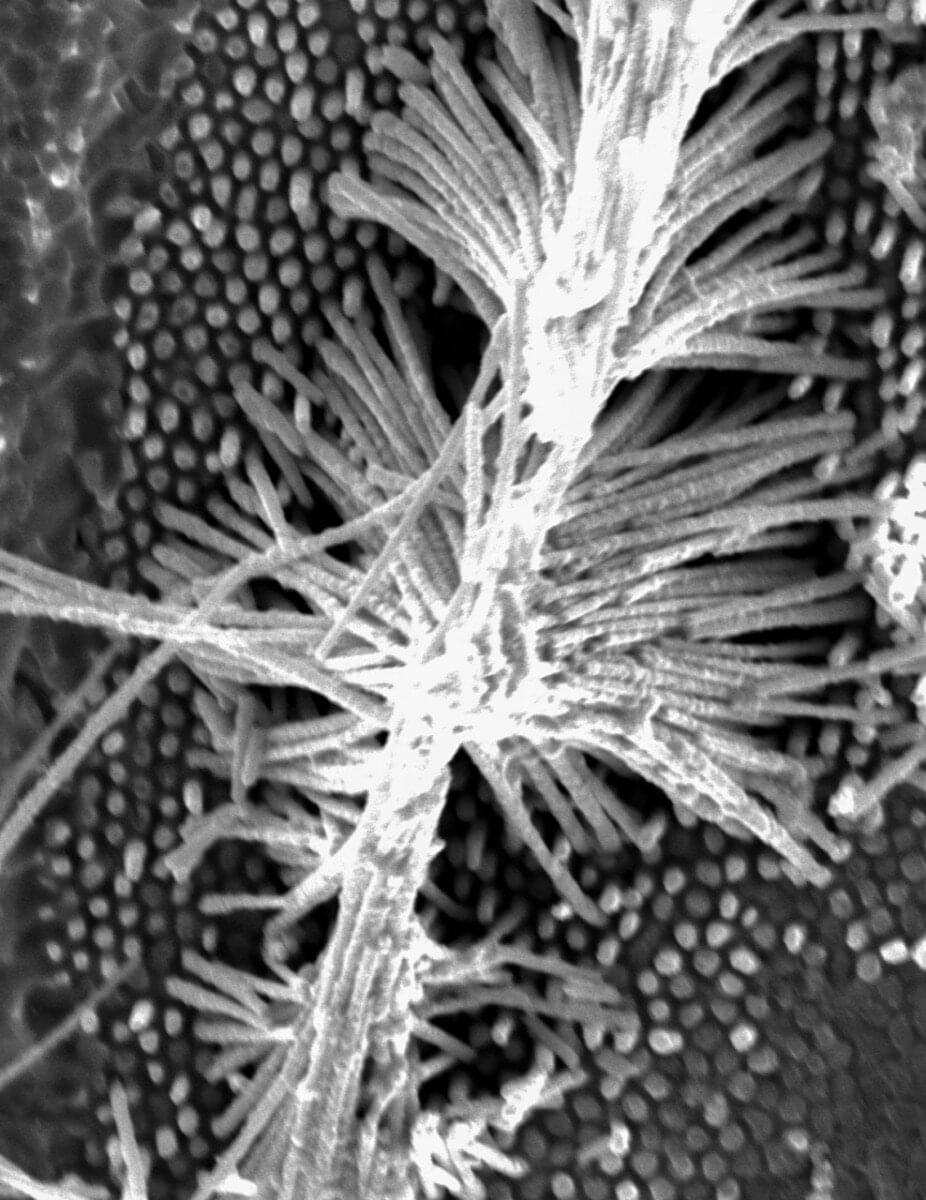AI programs have safety restrictions built in to prevent them from saying offensive or dangerous things. It doesn’t always work.



Called it. and i said 2029/2030. Looks like will happen sooner. my prediction was AI would be able to do 100% of production start to end, with almost zero input from people, except maybe for a creative director — producer person.
As artificial intelligence continues to disrupt the entertainment industry, many moviegoers have been left wondering at what point AI will be creating full feature films. According to Joe Russo, co-director of Marvel movies such as “Avengers: Endgame” and “Avengers: Infinity War,” that time could be coming in two years.
“I’m on the board of a few AI companies,” Russo told Collider. “I’m gonna speak from my experience of being on the board of those companies, [so] there are AI companies that are developing AI to protect you from AI. And unfortunately, we’re in that world, and you will need an AI in your life because whether we want to see it developed or not, people who are not friendly to us may develop it anyways. So, we’re going to be in that future. The question is, then, how we protect ourselves in that future?”

Kurzweil says NO, on AI pause non sense.
By Ray Kurzweil April 2023
Regarding the Open Letter to “pause” research on AI “more powerful than GPT-4,” this criterion is too vague to be practical. And the proposal faces a serious coordination problem: those that agree to a pause may fall far behind corporations or nations that disagree. There are tremendous benefits to advancing AI in critical fields such as medicine and health, education, pursuit of renewable energy sources to replace fossil fuels, and scores of other fields. I didn’t sign, because I believe we can address the signers’ safety concerns in a more tailored way that doesn’t compromise these vital lines of research.

A Japanese startup attempting the first private landing on the Moon said Wednesday it had lost communication with its spacecraft and assumed the lunar mission had failed.
Ispace said that it could not establish communication with the unmanned Hakuto-R lunar lander after its expected landing time, a frustrating end to a mission that began with a launch from the United States over four months ago.
“We have not confirmed communication with the lander,” a company official told reporters about 25 minutes after the expected landing.

The system helps to plug the gap when it comes to renewable energy sources.
As a solution to the unpredictable nature of renewable energy sources like solar and wind power, gravity batteries are being pitched as an ideal remedy. To further this cause, Swiss startup Energy Vault is now completing two such units, which are situated near Shanghai in China and Texas in the United States.
The basic idea behind a gravity battery system is to lift a heavy object, such as a large mass of concrete or a weight, on a pulley, using energy from a power source. When energy is needed, the thing can fall, and the potential energy is converted back into electricity.
An anti-cancer gel promises to wipe out glioblastoma permanently, a feat that’s never been accomplished by any drug or surgery. So what makes this gel so special?
Scientists at Johns Hopkins University (JHU) have developed a novel gel that both eliminates brain cancer (glioblastoma) and keeps it from recurring. When they tested this anti-cancer gel on mice with glioblastoma, surprisingly, all the mouse models were cured of the illness.
“We don’t usually see 100% survival in mouse models of this disease,” said Betty Tyler, one of the study authors and a neurosurgery professor at the Johns Hopkins School of Medicine.
According to the South China Morning Post, a Chinese private company is planning to develop a constellation of satellites akin to Starlink for Chinese hypersonic craft.
GalaxySpace.
Called GalaxySpace, according to some space experts, it is “somewhat unusual” for a commercial company to participate in China’s hypersonic program. This is because China’s hypersonic flight program is normally used for military purposes. Others hailed the action as a significant step forward, emphasizing how private sector innovation may enhance the nation’s space capabilities.

A new project called Progression Assessment in Neurodegenerative Disorders of Aging or PANDA aims to detect subtle changes in a person’s sleep patterns that may indicate the onset of Alzheimer’s or Parkinson’s disease. The collaboration of this four-year project involves Rigshospitalet University, Denmark’s Aarhus University, and MedTech company T&W Engineering. The project has received funding of DKK 15 million to develop and test a small earbud-like experimental device that can detect the early signs of these diseases.
The Ear-EEG Technology
Unlike the traditional sleep-monitoring systems that require a person to stay in a clinic with multiple electrodes attached to their body, the ear-EEG allows for comfortable, long-term use at home. The device monitors electrical activity in the brain by measuring tiny voltage changes on the skin surface within the ear canal. It is also equipped with an oximeter for measuring blood oxygen levels, a microphone for monitoring respiration and heart rate, and a thermometer for measuring body temperature.
Japan’s ispace could become the world’s first private company to perform a successful lunar landing.
Japan’s Hakuto-R lander, developed by private space firm ispace, will soon attempt a Moon landing. Last month, ispace announced that Hakuto-R successfully performed a lunar insertion maneuver. That was a crucial step ahead of its historic lunar landing attempt.
Now, the time is near. A private space company could land a spacecraft on the Moon for the very first time.
ispace.
Last month, ispace announced that Hakuto-R successfully performed a lunar insertion maneuver. That was a crucial step ahead of its historic lunar landing attempt.

Sometimes to make big breakthroughs, you have to start very small.
One way that scientists can get the most out of certain quantum materials is by fabricating nanoscale structures that generate new properties at the material’s surfaces and edges. Cornell researchers used the relatively straightforward process of thermomechanical nanomolding to create single-crystalline nanowires that can enable metastable phases that would otherwise be difficult to achieve with conventional methods.
“We’re really interested in this synthesis method of nanomolding because it allows us to make many different kinds of materials into nanoscale quickly and easily, yet with some of the control that other nanomaterial synthesis methods lack, particularly control over the morphology and the size,” said Judy Cha, professor of materials science and engineering in Cornell Engineering, who led the project.